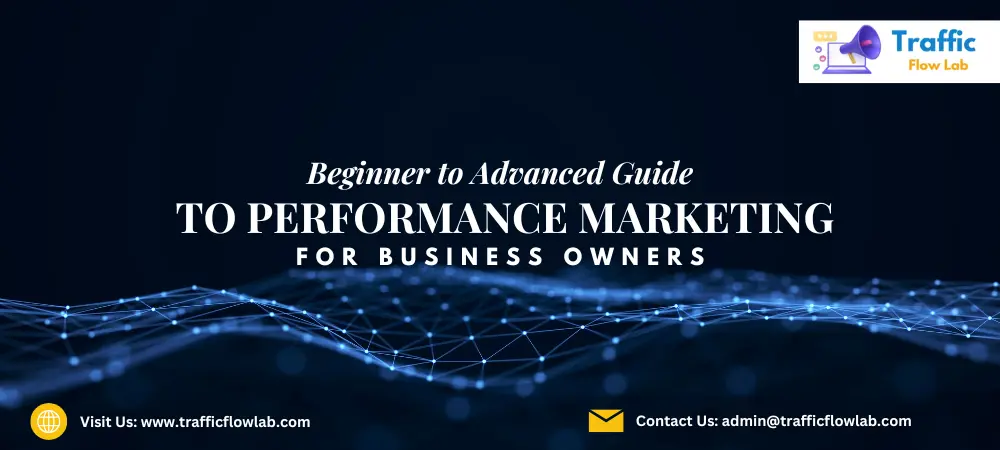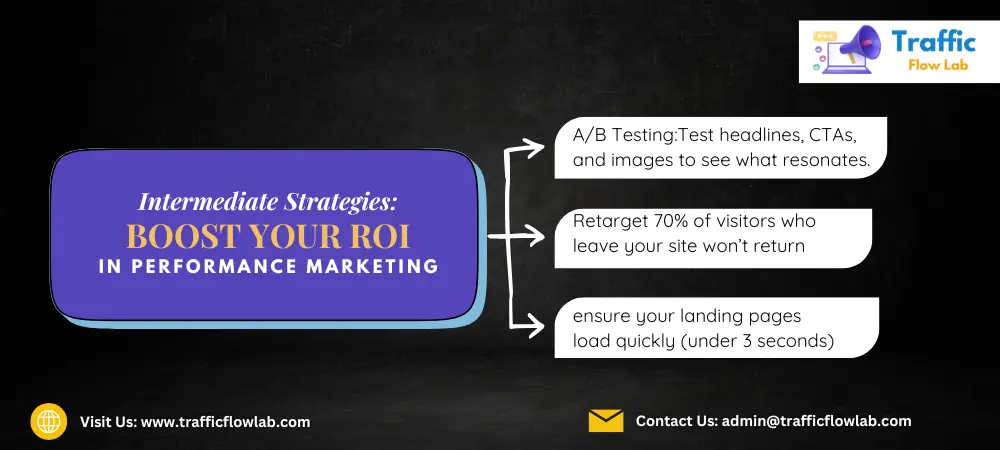
Imagine this: You spend $1,000 on a marketing campaign, but instead of crossing your fingers and hoping for the best, you know exactly how many leads or sales that investment will generate. That’s the power of performance marketing—a strategy where you pay only for tangible results, not vague promises.
Hi there! I’m Kuldipsinh Chauhan, an SEO and performance marketing specialist with over 5 years of experience. I’ve helped businesses, including Australian companies, scale their revenue using data-driven strategies.
In this guide, I’ll walk you through performance marketing from the ground up, ensuring you avoid common pitfalls and maximize ROI. Let’s dive in!
What is Performance Marketing? (And Why Should You Care?)
Performance marketing flips traditional advertising on its head. Instead of paying for ad space and praying for results, you pay only when a specific action happens like a click, a lead, or a sale. Think of it as the “no-win, no-fee” model of digital marketing.
Key Components You Need to Know

- Pay-Per-Click (PPC): You pay only when someone clicks your ad. Perfect for driving traffic.
- Cost-Per-Acquisition (CPA): Pay only when a customer converts (e.g., buys a product).
- Return on Ad Spend (ROAS): Measures revenue generated per dollar spent. A ROAS of 5:1 means $5 earned for every $1 spent.
Why This Matters: The 2025 Media Budgets Survey by Ebiquity and WFA reveals that 42% of advertisers plan to increase performance marketing investments, primarily driven by retail media. This shift reflects a growing focus on short-term results, with branding budgets declining. AI is also expected to play a transformative role in campaign optimization and creative processes.
Getting Started: Your First Performance Marketing Campaign
Step 1: Define SMART Goals
Before launching ads, ask: What do I want to achieve? Use the SMART framework (Specific, Measurable, Achievable, Relevant, Time-bound).
- Example: Increase solar panel inquiries by 20% in 3 months through Facebook Ads.
Step 2: Pick the Right Platform
Not all platforms work the same. Here’s a quick cheat sheet:

Note: CPC values vary based on industry, competition, and targeting specifics. The provided averages are general figures across all industries. Advertising costs may change due to industry trends, audience targeting, and market competition.
Step 3: Track Everything (Yes, Everything!)
Tracking is your campaign’s GPS. Without it, you’re lost. Use:
- Google Analytics: Monitor website traffic and conversions.
- Meta Pixel: Track ad performance on Facebook/Instagram.
- UTM Parameters: Tag URLs to identify top-performing campaigns.
Pro Tip: Simplify tracking setup with Google Tag Manager.
Intermediate Strategies: Boost Your ROI

1. A/B Test Like a Pro
Test headlines, CTAs, and images to see what resonates.
- Real-World Example: A solar company tested two CTAs:
- “Get a Free Quote” → 15% conversion rate
- “Save $1,000 on Energy Bills” → 25% conversion rate
2. Retarget the “Almost Customers”
70% of visitors who leave your site won’t return—unless you retarget them.
How to Do It:
- Use Facebook Pixel to show ads to users who viewed your solar products.
- Set up Google Ads Remarketing for search campaigns.
3. Mobile Optimization is Non-Negotiable
According to statista report with 60% of web traffic coming from mobile, ensure your ads and landing pages load quickly (under 3 seconds) and look flawless on small screens.
Advanced Tactics: Level Up Your Game

1. Crush It with Data Analytics
Tools like Google Data Studio and Tableau turn raw data into actionable insights.
Case Study: By analyzing customer behavior, a solar company found that leads spiked between 7–9 PM. Shifting ad spend to those hours boosted leads by 20%.
2. Let AI Do the Heavy Lifting
AI tools like Google’s Smart Bidding and Meta’s Automated Ads optimize bids and targeting in real-time.
3. Focus on Customer Lifetime Value (CLV)
CLV = (Average Purchase Value × Purchase Frequency) × Customer Lifespan
Example: A solar customer spending $10,000 over 10 years has a CLV of $100,000. This justifies higher upfront acquisition costs.
3 Costly Mistakes to Avoid
- Skipping Tracking: You can’t improve what you don’t measure.
- Ignoring Mobile Users: 60% of your audience is on phones—don’t lose them!
- Setting Unrealistic Goals: Start small. Scale as you learn.
Ready to Dominate Performance Marketing?
Performance marketing isn’t magic—it’s about testing, learning, and optimizing. Start with a clear goal, choose the right platform, and track relentlessly. Next Step is Pair your performance marketing skills with SEO. Learn how in our SEO beginner guide.

